Geomagnetism
Type of resources
Topics
Keywords
Contact for the resource
Provided by
Years
Formats
Representation types
Update frequencies
Scale
-
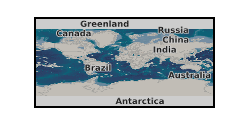
Annual means of the geomagnetic field vector components from observatories around the world, from 1840 to the present day. At present there are about 160 observatories. These data are useful for tracking changes in the magnetic field generated inside the Earth. Data are produced by a number of organisations around the world, including BGS. Data are available in plain text from www.geomag.bgs.ac.uk. This data is connected to other geomagnetic data sets, but can be used without reference to them.
-
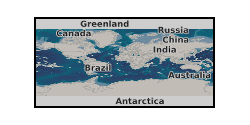
High frequency (100 Hz) data from two horizontal induction coils measuring the Earth's magnetic field at the Eskdalemuir Observatory in the United Kingdom. The data covers the period from January 2014 to December 2014. Also included are examples of Matlab code and the frequency calibration files to convert to the raw data to SI units. Thumbnail spectrograms and metadata about the setup and equipment is also supplied.
-
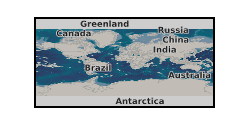
High frequency (100 Hz) data from two horizontal induction coils measuring the Earth's magnetic field at the Eskdalemuir Observatory in the United Kingdom. The data covers the period from January 2017 to September 2017. Also included are examples of Matlab code and the frequency calibration files to convert to the raw data to SI units. Thumbnail spectrograms and metadata about the setup and equipment is also supplied.
-
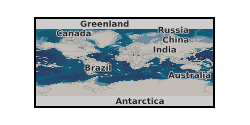
Data extracted from simulations of rapidly-rotating Boussinesq convection driven by internal heating in a full sphere and published in Guervilly & Cardin, 2017, Geophys. J. Int. 211, 455-471 (DOI:10.1093/gji/ggx315). The simulations were run for Ekman numbers of 1e-7 and 1e-8 and Prandtl numbers of 0.1 and 0.01. The data consist of tables of input and output parameters (Reynolds number of the convective and zonal flows, convective lengthscale and Rhines scale).
-
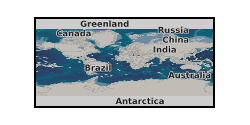
Offprints of articles relating to Geomagnetism from 1822 to 1981. Offprints collected by Kew Observatory, Meteorological Office, Edinburgh and Greenwich Observatory (Herstmonceux castle). The first page of each offprint has been digitised to produce a finding aid.
-

Magnetic time-series from the BGS SWIGS differential magnetometer method (DMM) systems. Funded by NERC, grant number: NE/P017231/1 "Space Weather Impact on Ground-based Systems (SWIGS)". These data consist of measurements of the Earth’s natural magnetic These data consist of measurements of the Earth’s natural magnetic field at the Abbey St. Bathans remote site (ASBR) and the natural magnetic field plus the field created by GIC at the Abbey St. Bathans underline site (ASBU). The database will include .xyz files with the DMM data and one document with metadata. See Hübert et al (2020) for further details.
-
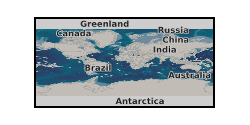
High frequency (100 Hz) data from two horizontal induction coils measuring the Earth's magnetic field at the Eskdalemuir Observatory in the United Kingdom. The data covers the period from September 2012 to December 2012. Also included are examples of Matlab code and the frequency calibration files to convert to the raw data to SI units. Thumbnail spectrograms and metadata about the setup and equipment is also supplied.
-
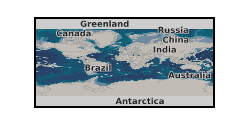
Hourly and minute means of the geomagnetic field vector components from observatories around the world from, respectively, 1883 and 1969, to the present day. At present there are about 160 observatories. These data are useful for tracking changes in the magnetic field generated inside and outside the Earth. Data are produced by a number of organisations around the world, including BGS. Data are available in plain text from www.wdc.bgs.ac.uk.
-
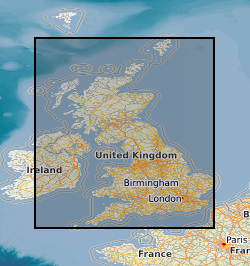
Digital hourly mean values of the Geomagnetic field elements from Lerwick, Eskdalemuir, Abinger and Hartland Observatories. Eskdalemuir data are available from 1911, Lerwick from 1926, Hartland from 1957 and all three are available up to yesterday's date. Values from Abinger (1926-1956) are available on request. Most data are definitive, but recent data (within the last 203 years) are provisional and may be corrected in the future. Values of declination (D), horizontal intensity (H) and vertical intensity (Z) are available. The units of declination are degrees. Declination is negative when west of true north. The units of horizontal intensity and vertical intensity are nT (nanotesla). Vertical intensity is positive in the downwards direction. The data from these observatories will not only aid scientific research into rates of change of the magnetic field and increase the accuracy of the BGS Global Geomagnetic Model, but will also provide data to exploration geophysicists engaged in current and future oil exploration.
-
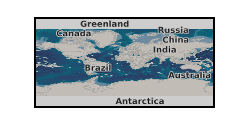
High frequency (100 Hz) data from two horizontal induction coils measuring the Earth's magnetic field at the Eskdalemuir Observatory in the United Kingdom. The data covers the period from January 2016 to December 2016. Also included are examples of Matlab code and the frequency calibration files to convert to the raw data to SI units. Thumbnail spectrograms and metadata are also supplied.
 BGS Data Catalogue
BGS Data Catalogue